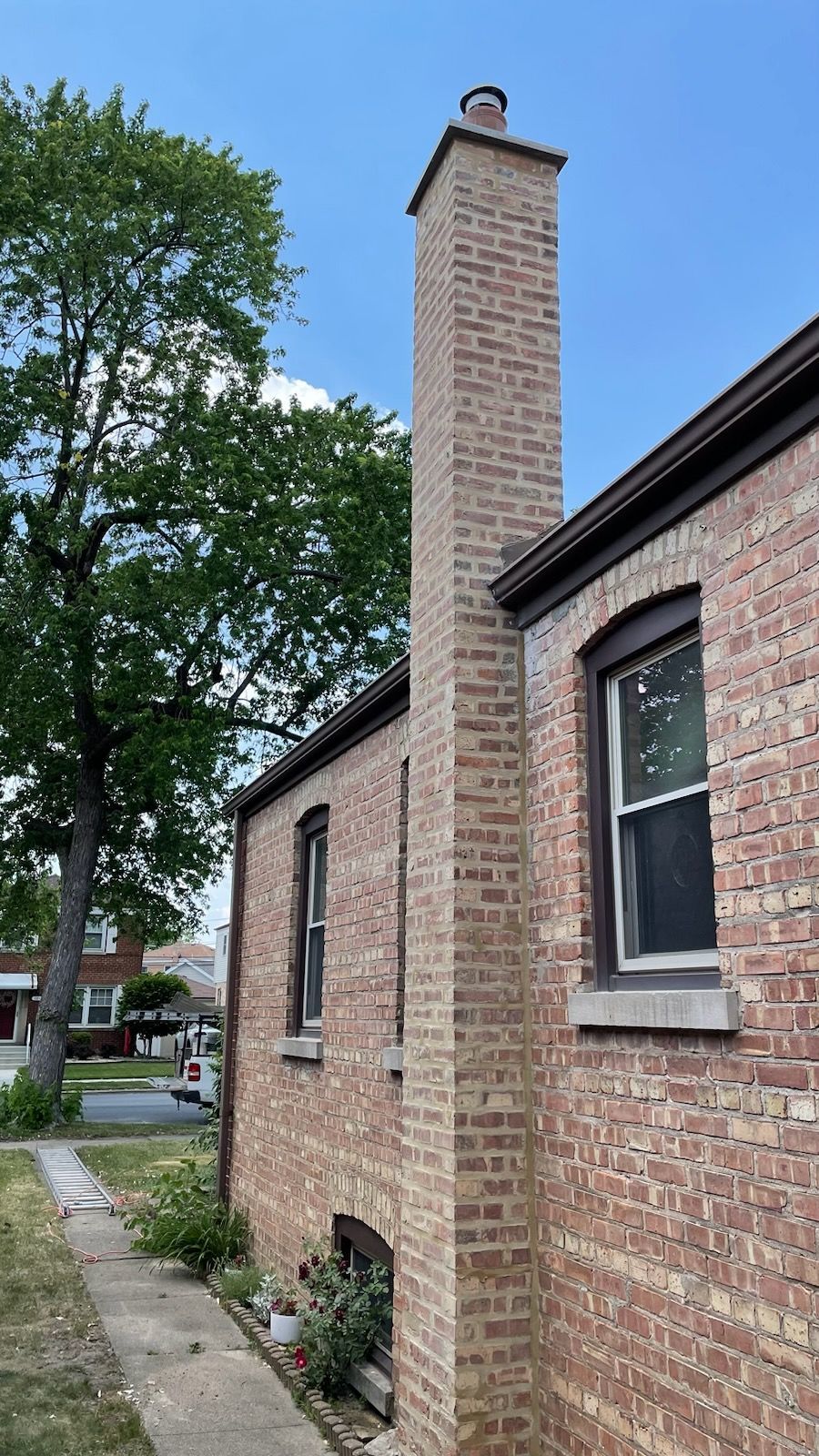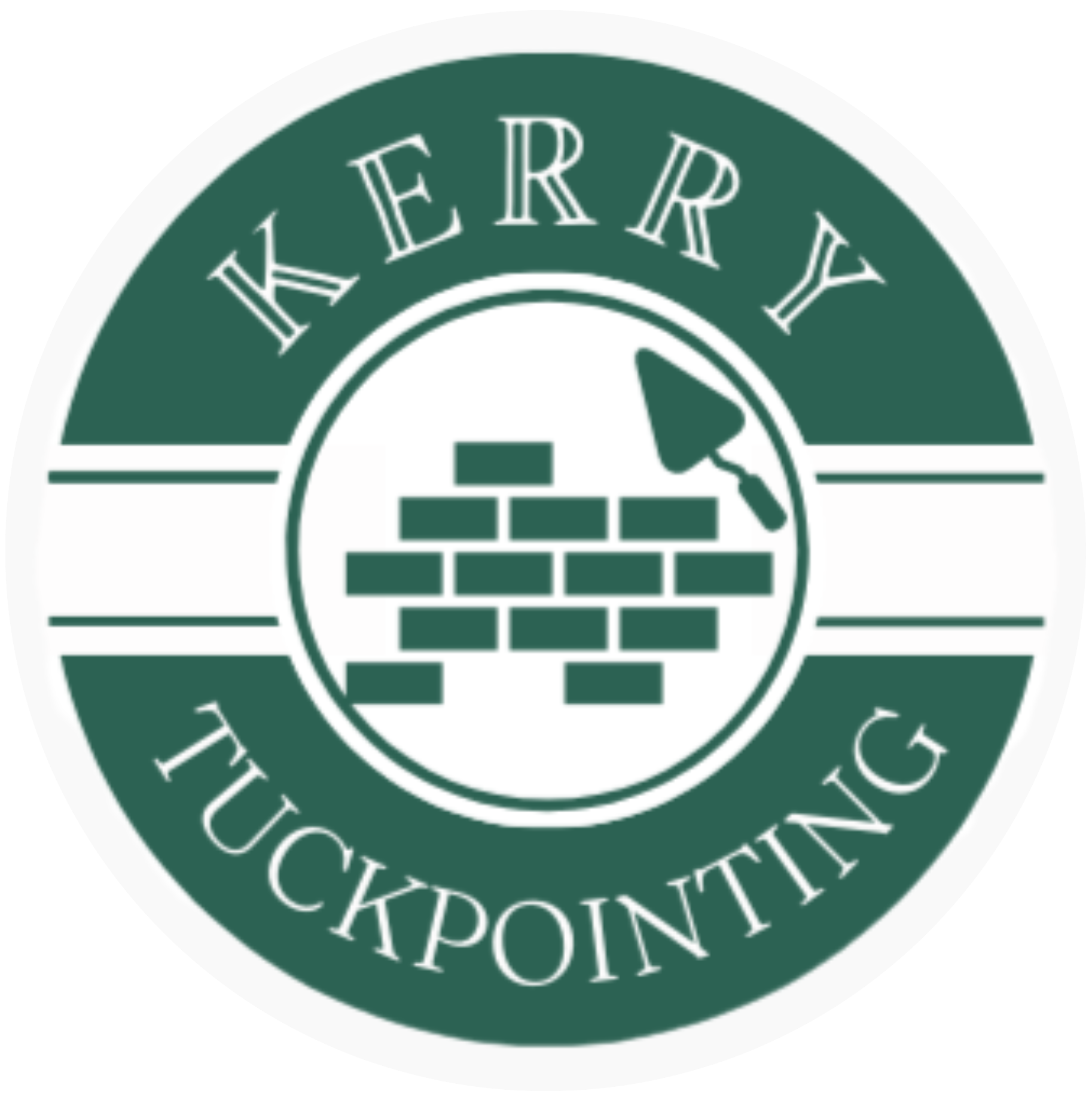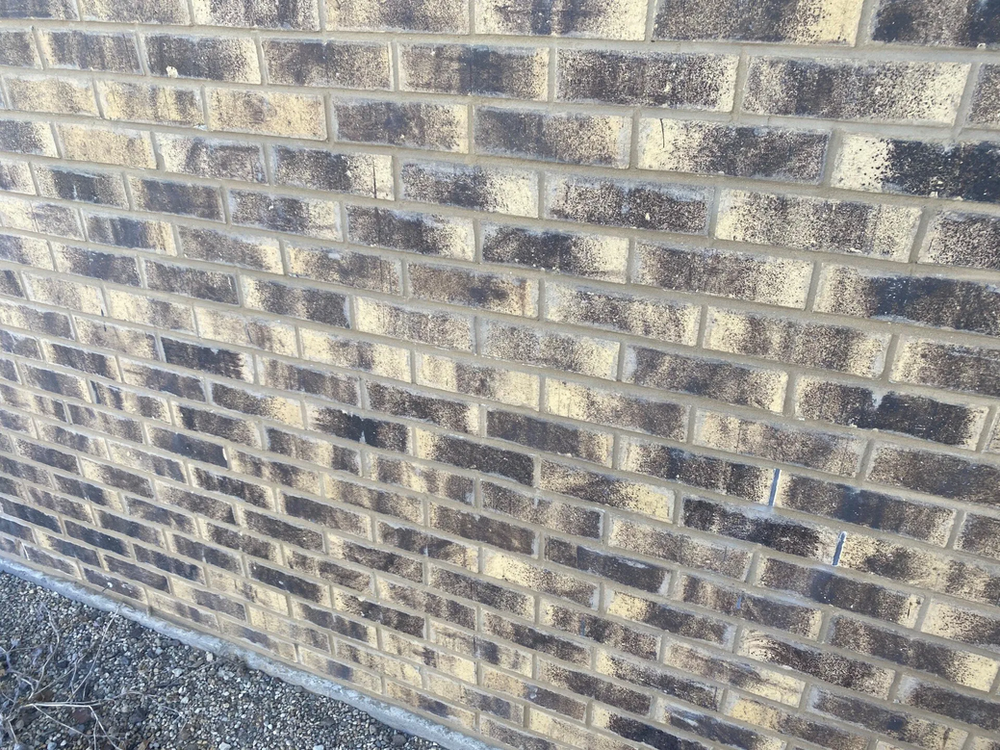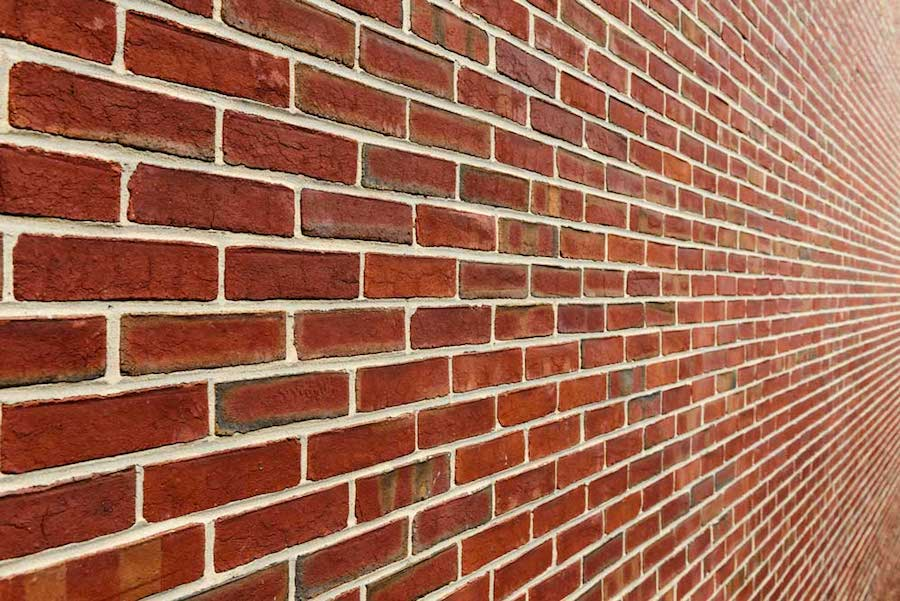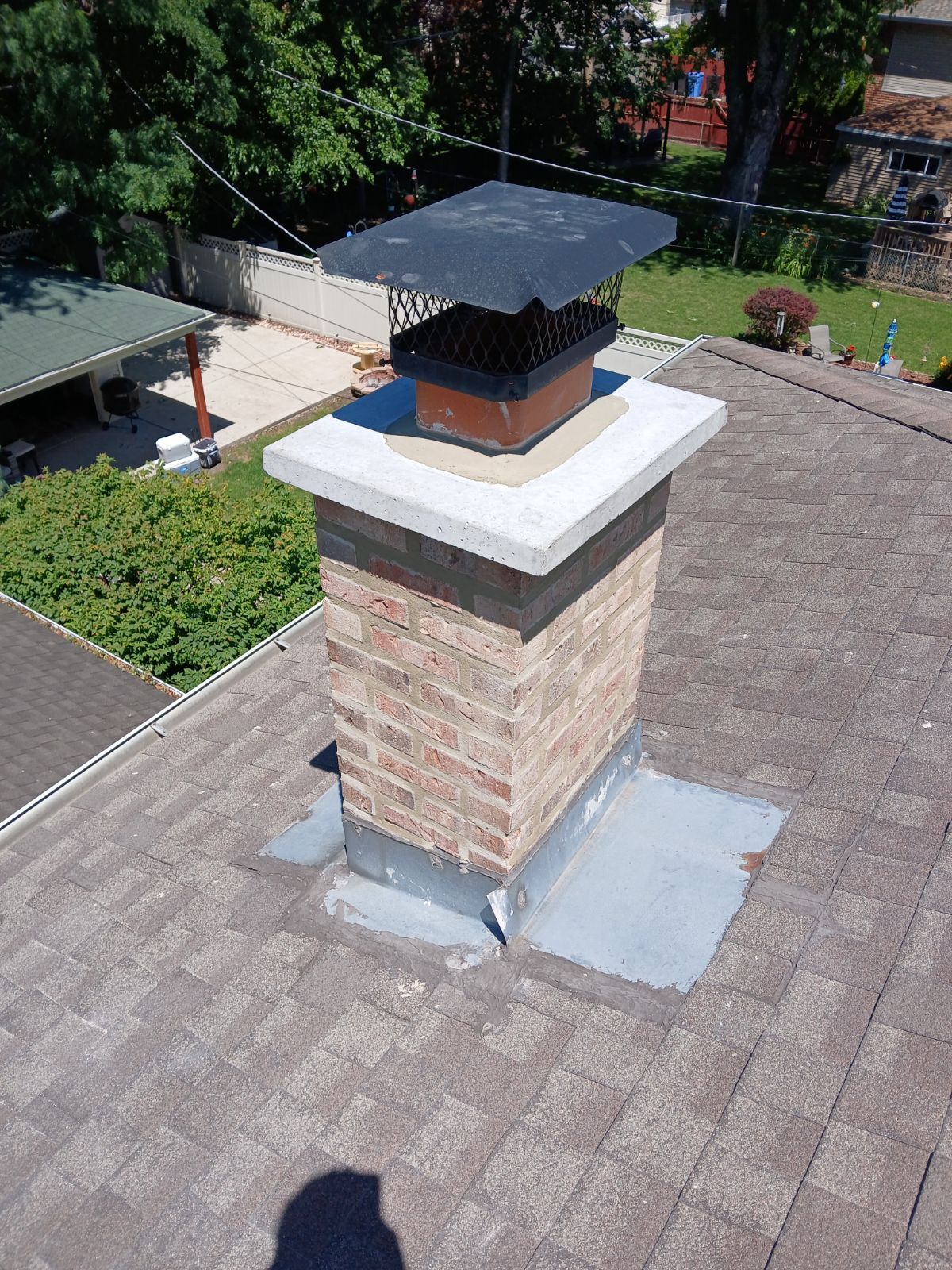6 Signs You Need Tuckpointing this Spring
common signs that Your Masonry Needs Tuckpointing
As spring rolls around and the weather begins to warm, it’s the perfect time to assess the condition of your home’s exterior—especially if you have brick. One often-overlooked maintenance task is tuckpointing, the process of repairing and replacing deteriorating mortar between bricks or stones.
Over time, exposure to moisture, freezing temperatures, and general wear and tear can cause mortar joints to crumble or decay, potentially compromising the structural integrity and appearance of your masonry.
If you're unsure whether your property needs tuckpointing this spring, here are some common signs to look for:
1. Cracked or Crumbling Mortar Joints
One of the most visible signs that your masonry needs tuckpointing is cracked, flaking, or missing mortar between the bricks. Mortar serves as the glue that holds your bricks together, and when it starts to fail, it can leave the structure vulnerable to water infiltration and shifting. If you notice gaps or crumbling sections, it’s likely time to call a professional mason for an inspection.
2. Loose Bricks
As mortar breaks down, bricks may start to shift or become loose. You may notice bricks that wiggle when touched, have sunken in, or are protruding more than others. This can be a serious issue, especially if the problem is widespread. Loose bricks are not just cosmetic—they indicate that the structure may be weakening and that water could be getting into the wall.
3. Discoloration (Efflorescence)
Efflorescence is a chalky white substance that often appears on the surface of bricks. It’s caused by salt deposits left behind when water evaporates from the masonry. While efflorescence itself isn’t always harmful, its presence suggests that water is penetrating the wall and evaporating through the brick. This moisture movement can degrade mortar over time and is a strong signal that tuckpointing may be needed.
4. Water Leaks
If you’re noticing moisture inside your home, especially along interior brick walls, it could be due to failing mortar joints on the exterior. Damaged mortar allows water to seep through the walls during rainstorms or snow, eventually making its way inside. Spring is a particularly good time to check for signs of water infiltration, especially after the wet and snowy conditions of winter.
5. Gaps Around Windows or Doors
As mortar deteriorates, you might notice widening gaps around windows, doors, or other openings in your brickwork. These areas are especially vulnerable to weathering and should be checked regularly. Failing to address these gaps can lead to drafts, higher energy bills, and even pest intrusion, in addition to structural issues.
6. General Aging
Even without obvious visual signs, if your home or building hasn’t had any tuckpointing work done in the last 20 to 30 years, it may be time for a professional assessment. Mortar naturally wears down over time, and preventative tuckpointing can extend the life of your brickwork while preventing more costly repairs later.
Why You Should Plan Your Tuckpointing Project This Spring
Spring is ideal for tuckpointing projects because the temperatures are mild enough for mortar to cure properly. Cold weather can prevent mortar from setting, while extreme heat can cause it to dry too quickly, leading to cracks. Tackling masonry repairs in the spring also means your home will be better prepared to handle spring rains and the heat of summer.
Don’t DIY
Tuckpointing isn’t a DIY project. Improper technique or using the wrong mortar mix can cause long-term damage to your brickwork. A professional mason has the tools, knowledge, and materials to match your existing mortar and restore the integrity and appearance of your masonry. Plus, a skilled eye can spot structural issues you may not have noticed.
Get Professional Tuckpointing Today in South Chicago, IL and Surrounding Areas
If you’re seeing signs of mortar deterioration, don’t wait. Addressing the issue early can prevent more serious and costly damage to your home’s structure. Tuckpointing not only preserves the strength of your masonry but also boosts curb appeal and property value.
This spring, take a close look at your brickwork. If you notice crumbling mortar, loose bricks, or water stains, it may be time to schedule a professional tuckpointing inspection. Contact Kerry Tuckpointing today for a free estimate on all your masonry needs in the Chicago Ridge, Evergreen Park, and Oak Lawn, IL areas!
